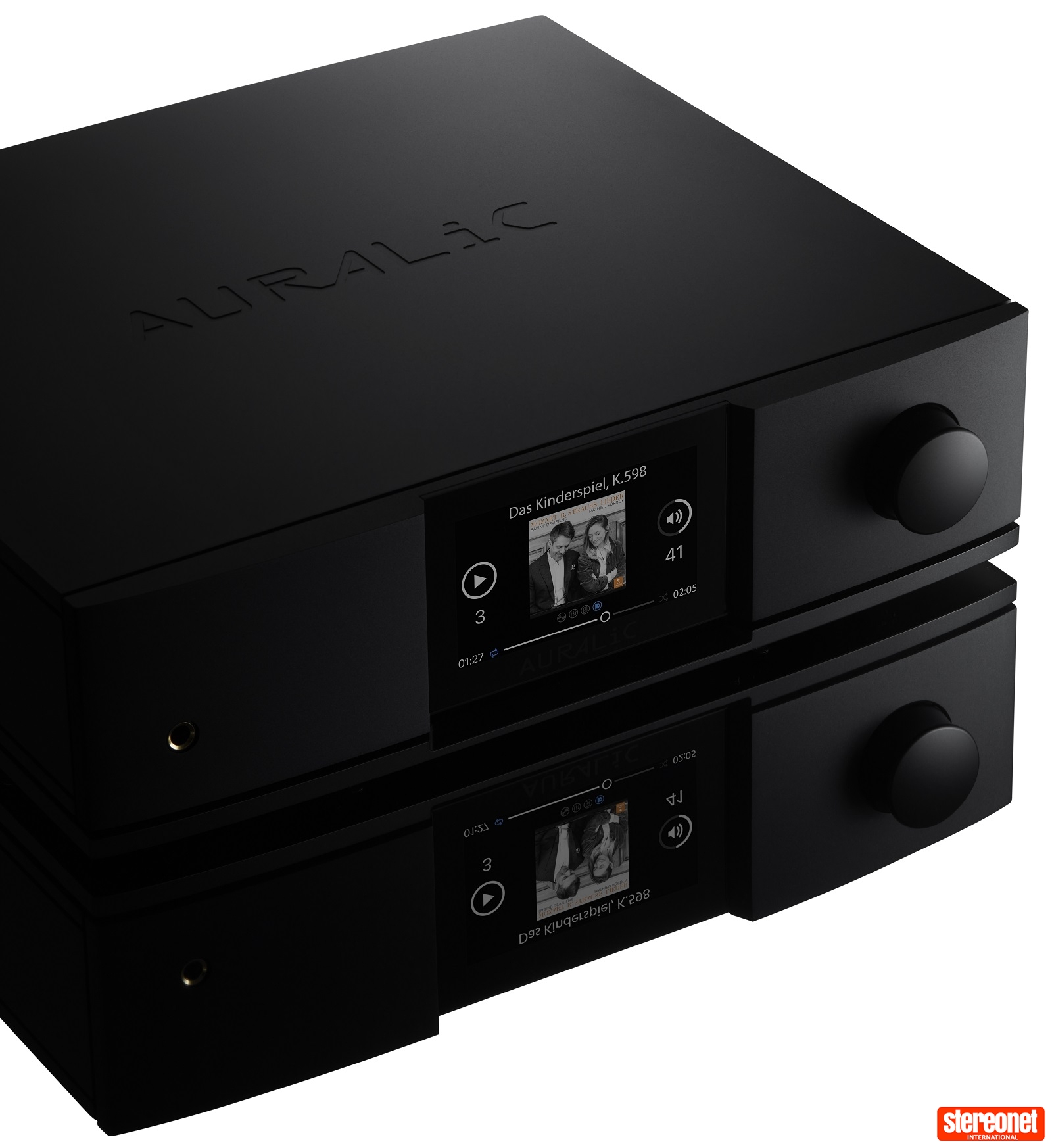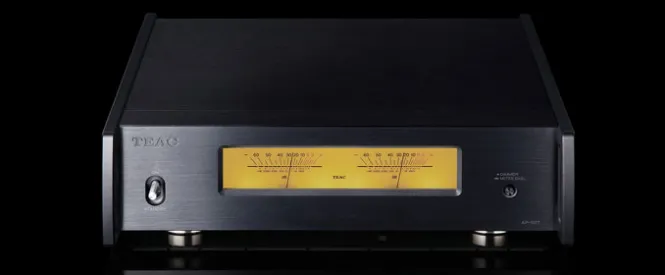AURALiC Altair G2.2 Streaming DAC Preamp Review
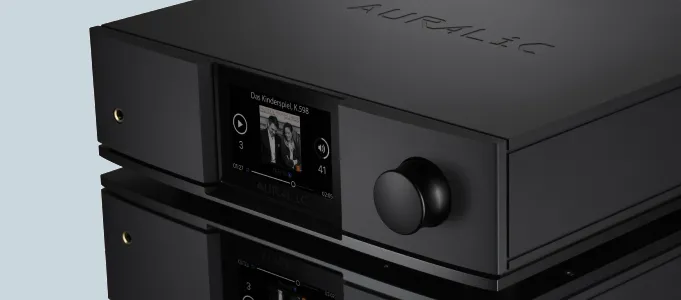
Chris Frankland tries out the new and improved version of one the best mid-price streamers around right now…
If you are looking to upgrade your current streaming solution, then this could be just the thing for you. Unveiled earlier this year at the Munich High End Show, the Altair G2.2 streamer, DAC, and preamp is a complete redesign of Auralic's popular G2.1, with ninety percent new components. It boasts the company's new Tesla G3 streaming platform, which promises many improvements in performance over its predecessor.
Auralic may be a relatively young company, but it has built a reputation for high-quality streaming products in a very short time. It was started in Beijing, in 2009, by classical music enthusiasts Xuanqian Wang and his partner Yuang Wang. The goal was to create a genuinely high-resolution streaming solution. Now based in Portland, USA, the company employs around twenty-five people worldwide and manufactures its products in China.
UP CLOSE
Auralic's new Tesla G3 platform is based on quad-core 64-bit architecture that's said to deliver eight times the processing capability of the G2.1. It uses Direct Memory Access technology for its audio input and output channels, which connect directly to the processor's core, reducing jitter (digital timing errors), says the company. To minimise electrical noise, the G2.2 uses high-speed galvanic isolators placed between the Tesla G3 processor and the ultra-sensitive audio circuits. These are claimed to provide complete physical separation and protection against interference.

The G2.2's Fusion DAC is reported to combine the best of discrete ladder and Delta-Sigma designs. The proprietary ESS DAC chip is modified by bypassing most of its functions. Meanwhile, Auralic uses its own clock reconstruction, digital filter, and oversampling, which are handled by the aforementioned Tesla processor. The preamp section is the company's own Orfeo Class A design, and the volume control is an analogue resistor ladder type that's claimed to generate no electrical noise.

Usable as a standalone streaming DAC, the G2.2 also has RCA and balanced XLR outputs so that it can drive an external power amplifier. The back panel also sports an Ethernet socket, USB, coaxial, and two optical inputs for the DAC, as well as a USB 3.0 socket for connecting removable storage devices. However, an extra £600 will buy you 4TB of internal storage. One surprise is the provision of a moving magnet phono input, more of which later. The front panel is home to the main display, a rotary selector knob and a 6.3mm headphone output jack.

Streaming-wise, the G2.2 caters for the usual platforms, including Spotify, Amazon Music, AirPlay2, TIDAL and Qobuz, and it's also Roon-ready. In terms of functionality, one of the few things it does not do is work with Android devices. This is apparently because they use lots of different versions of the operating system, thus making it tricky for Auralic – as a small company – to keep up with. If you're an Android-only household like mine, the good news is that you can use the Bubble UPnP or Linn Kazoo apps instead. For the purposes of this review, however, I used an Apple device because I wanted to check out Auralic's Lightning DS app. This was simple enough to download, install and navigate around, although it did occasionally lock me into Qobuz. As this is my preferred streaming platform, it wasn't all bad – but I had to quit it to get back to the setup menu.
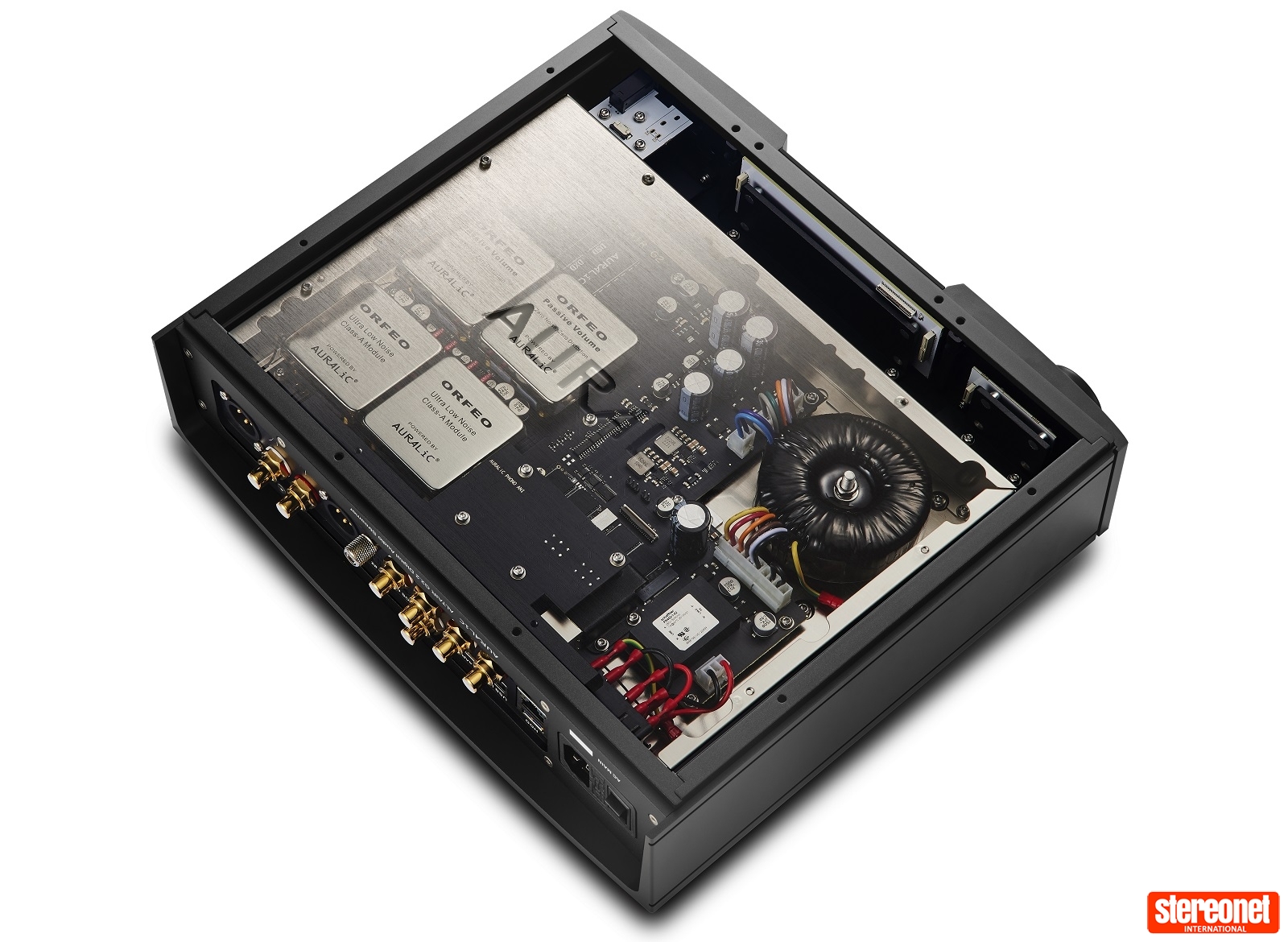
Among the G2.2's setup options are a selection of DAC filter options - Precise, Dynamic, Balance and Smooth - supplemented by a Tone Mode, with Clear and Mellow options. Comparing the Dynamic and Precise filters, the latter gives a more natural soundstage with more inner detail on instruments and vocals. The Balance setting seems a bit bass-heavy, lacks openness on vocals and loses accuracy in the voicing of guitars and saxophones, to my ears. Smooth sounds just that, but instruments lack bite and leading edge note detail. It also loses the rhythmic impetus of the music slightly, leading me to a definite inclination to keep the default Precise setting. The Mellow Tone Mode setting is aptly named and softens the leading edge attack on instruments such as guitars, drums and percussion. So, for the purposes of my review listening, the Clear default was used.
THE LISTENING
With the G2.2 driving my Trilogy 994 monoblock power amplifiers and Perlisten S5t loudspeakers, the results were highly impressive. Larry Carlton's A Place for Skipper—from the guitar legend's Discovery album—sounded super clean and detailed, and I could hear how he was shaping each note. Percussion instruments were dynamic and tight while still allowing subtle cymbal details to be enjoyed. The bass line moved along well and kept the rhythmic impetus of the track going.
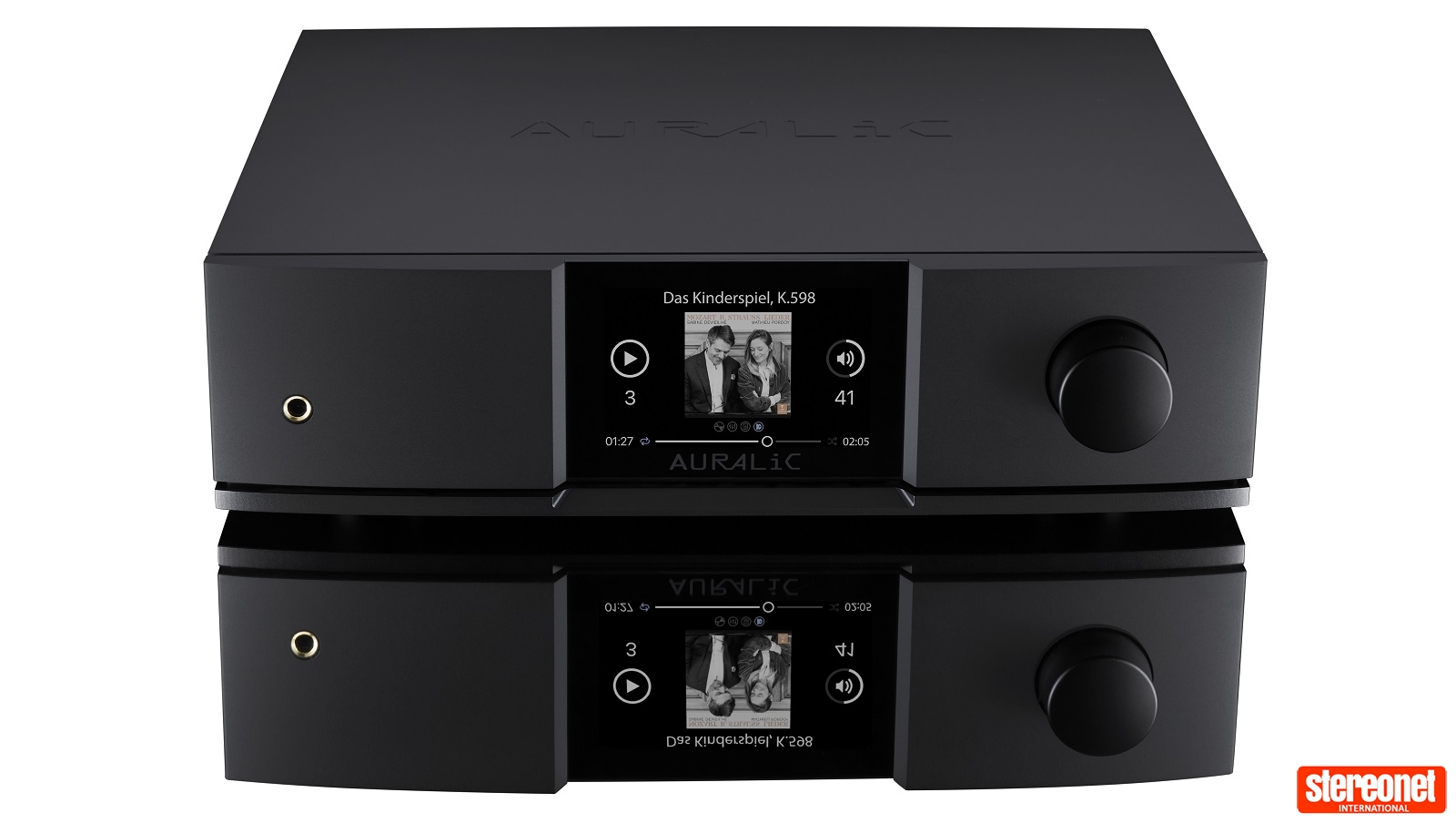
Female voice is always a telling test for any piece of equipment, so I was keen to hear what the Auralic would make of Lo Siento Mi Vida from Linda Ronstadt's Hasten Down the Wind. There were many poorly recorded albums from the nineteen seventies, but this 1976 work is a shining exception. The G2.2 kept her sensual and expressive lead vocals completely separate from the backing singers. The bass line was taut and tuneful, and the pedal steel did not get lost in the mix. This female singer has amazing vocal power, and the Auralic allowed her voice to soar without making it sound like she was shouting.
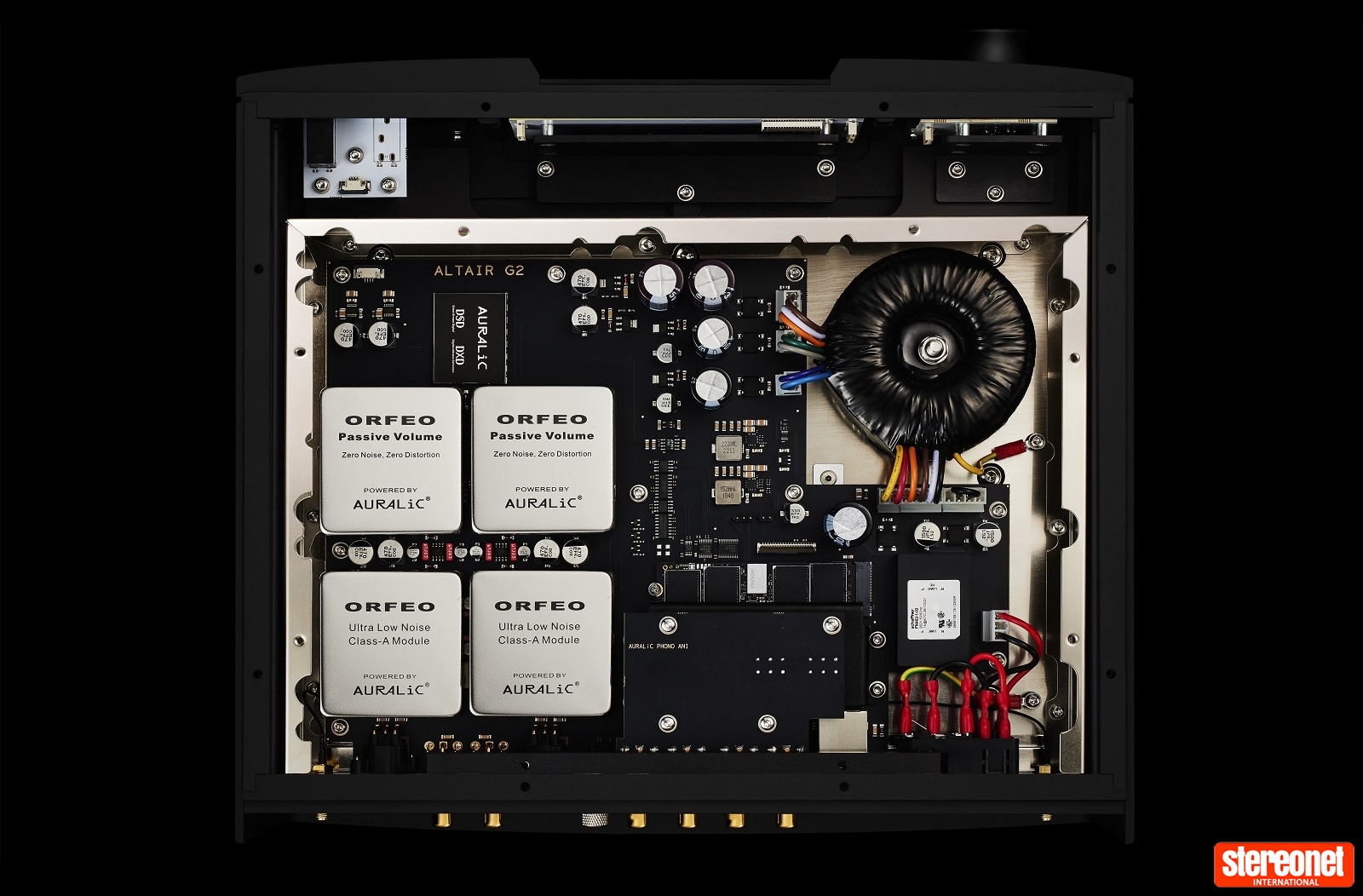
Saxophones can be every bit as expressive as the human voice, and one of my favourite sax players is the late, great David Sanborn. Listening to It's You from his Voyeur album via this streaming DAC was a pleasure. That excellent bass line from Marcus Miller got all the weight and growl it deserves, while timbales and congas were also brought to life with great attack and dynamics. The staccato rhythm of the track was very well handled, too.
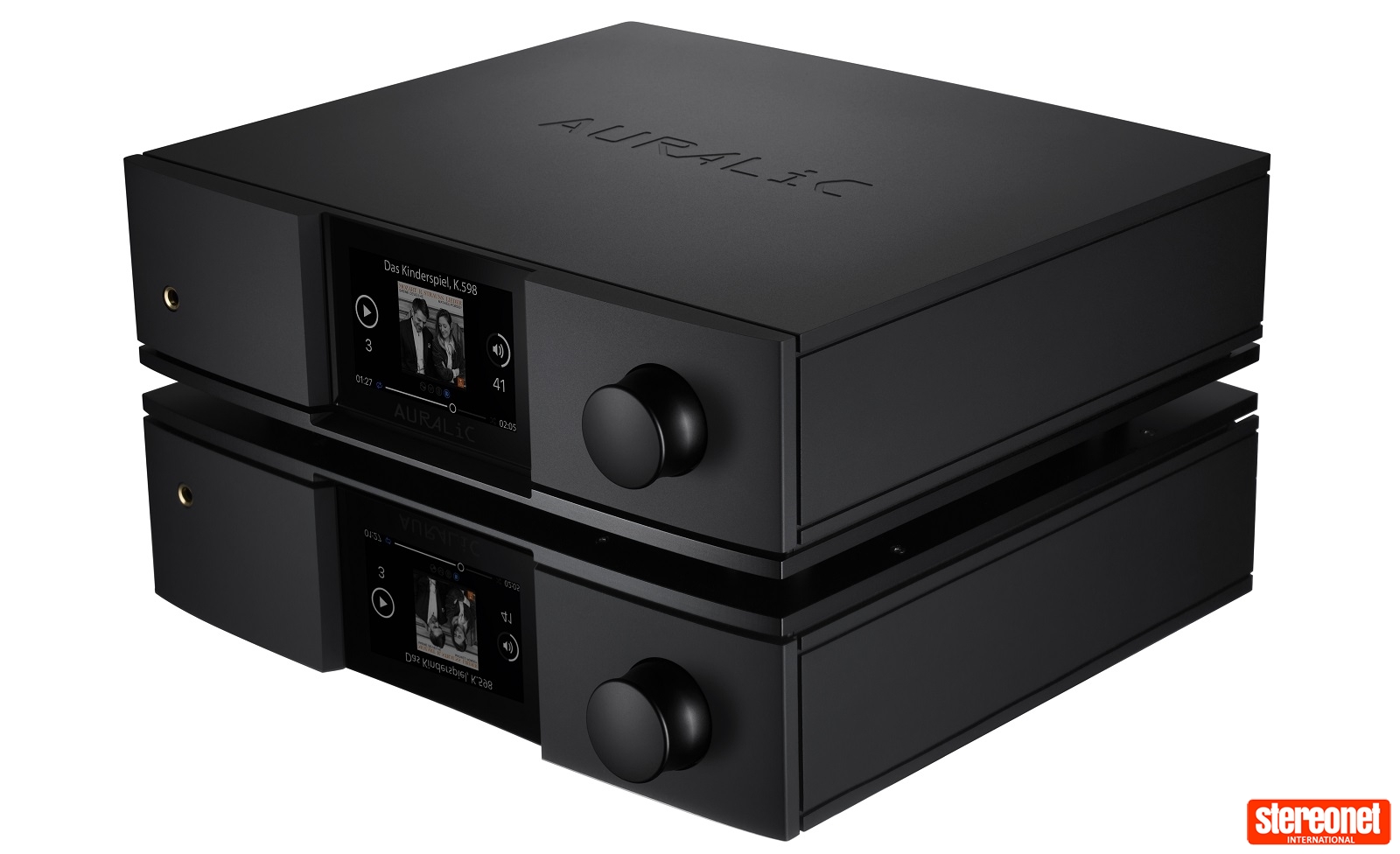
I was not expecting a phono stage in the G2.2. Fed by a Rega Planar 6 turntable and Rega moving magnet cartridge, performance was more than acceptable for a product clearly focused on digital streaming. Clean, detailed, smooth and quiet, it is good enough to keep vinyl junkies happy until such time that they can afford a standalone phono stage, and so is a great get-you-going feature. The same is true of the headphone stage. I tried it with Focal Clear cans and found the sound quality to be very good, with fine dynamics, detail and bass weight.
THE VERDICT
 Overall, then, Auralic's new Altair G2.2 is a highly capable new streaming DAC preamp with a most compelling, detailed and dynamic sound. It clearly has the ability to convey the inner subtleties of complex musical arrangements, which puts it in distinguished company. I could not fault its build quality and finish either – which makes it a powerful package. It gets my wholehearted recommendation for those wishing to upgrade to a serious, premium-priced digital audio source component.
Overall, then, Auralic's new Altair G2.2 is a highly capable new streaming DAC preamp with a most compelling, detailed and dynamic sound. It clearly has the ability to convey the inner subtleties of complex musical arrangements, which puts it in distinguished company. I could not fault its build quality and finish either – which makes it a powerful package. It gets my wholehearted recommendation for those wishing to upgrade to a serious, premium-priced digital audio source component.
Visit AURALiC for more information
Chris Frankland
One of StereoNET’s most experienced reviewers, Chris has written for a multitude of hi-fi magazines, from Hi-Fi Answers and Hi-Fi Sound, to The Flat Response and Hi-Fi Review. A regular concert-goer, his quest continues to find hi-fi that gets as close as possible to conveying the raw emotion of live music.
Posted in: Amplifiers | Preamplifiers | Applause Awards | 2024 | DACs | Sources | Streamers | Hi-Fi
JOIN IN THE DISCUSSION
Want to share your opinion or get advice from other enthusiasts? Then head into the Message
Forums where thousands of other enthusiasts are communicating on a daily basis.
CLICK HERE FOR FREE MEMBERSHIP
Trending
applause awards
Each time StereoNET reviews a product, it is considered for an Applause Award. Winning one marks it out as a design of great quality and distinction – a special product in its class, on the grounds of either performance, value for money, or usually both.
Applause Awards are personally issued by StereoNET’s global Editor-in-Chief, David Price – who has over three decades of experience reviewing hi-fi products at the highest level – after consulting with our senior editorial team. They are not automatically given with all reviews, nor can manufacturers purchase them.
The StereoNET editorial team includes some of the world’s most experienced and respected hi-fi journalists with a vast wealth of knowledge. Some have edited popular English language hi-fi magazines, and others have been senior contributors to famous audio journals stretching back to the late 1970s. And we also employ professional IT and home theatre specialists who work at the cutting edge of today’s technology.
We believe that no other online hi-fi and home cinema resource offers such expert knowledge, so when StereoNET gives an Applause Award, it is a trustworthy hallmark of quality. Receiving such an award is the prerequisite to becoming eligible for our annual Product of the Year awards, awarded only to the finest designs in their respective categories. Buyers of hi-fi, home cinema, and headphones can be sure that a StereoNET Applause Award winner is worthy of your most serious attention.

